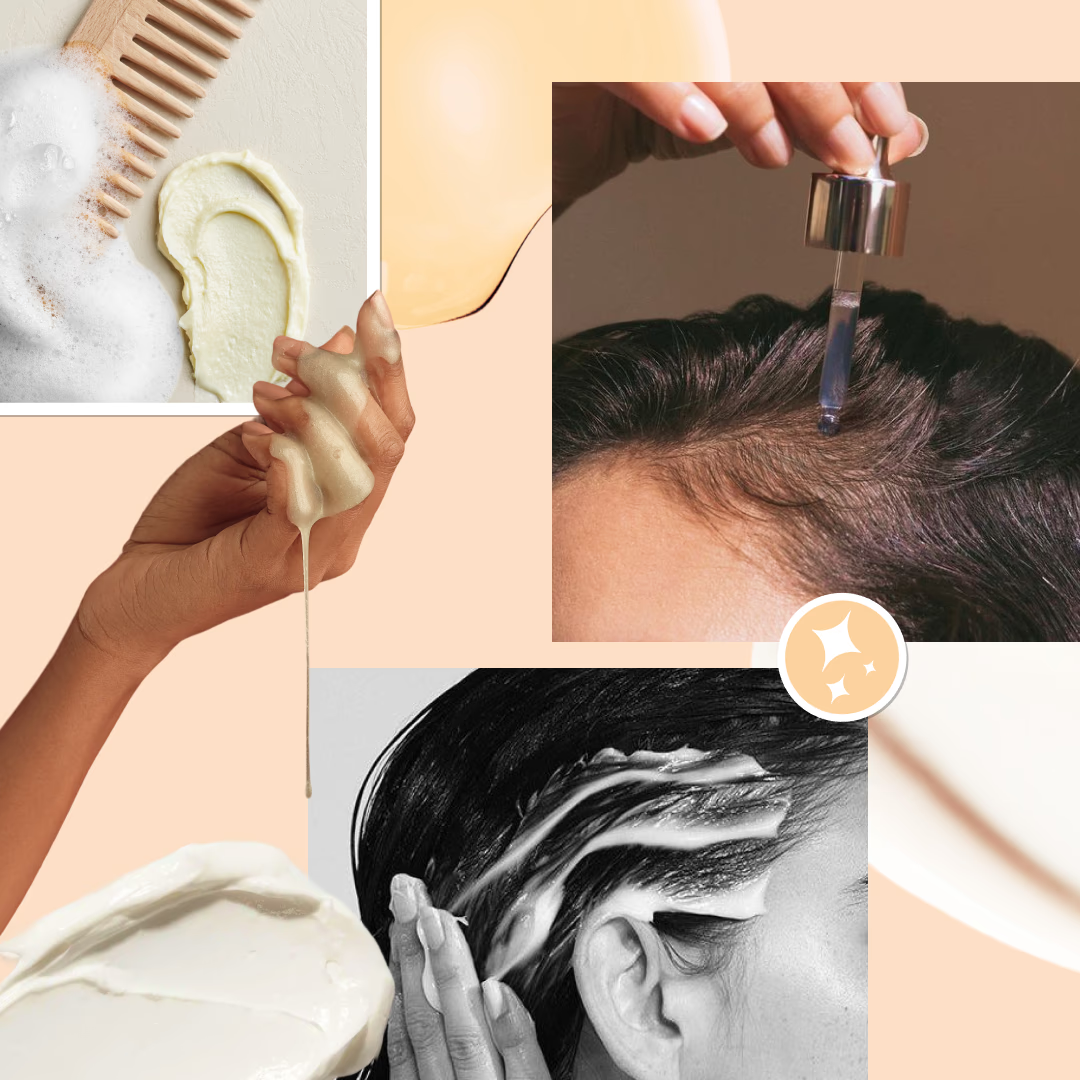
Skin pigmentation doesn’t discriminate, but a special kind called post-inflammatory hyperpigmentation (PIH) is one that affects brown skinned beauties more than the rest. PIH are the stubborn dark brown marks or patches left over from acne or other forms of inflammation. “As the name suggests, PIH is an increase in melanin post-injury or inflammation. It can be caused due to injury, or any disease or disorder, like acne, eczema, psoriasis etc. When they all heal, they leave a hyper-pigmented mark on the skin,” Delhi-based dermatologist Dr Meghna Gupta explains.
The bad news? They rarely fade on their own, and since Indians genetically have more melanin in our skin, we scar more easily and are more prone to persistent facial pigmentation.
The good news? It might take time, but there are numerous ways to manage it. Before we dive into the skincare solutions and treatment options, it’s important to shed light on the hyperpigmentation causes so we can treat it with specialised hyperpigmentation skin care.

Why does it occur?
Dr Gupta attributes the existence of dark marks to melanin synthesis. “Melanin synthesis increases post-injury and post-inflammation. In simple language, as Indians, it’s typical for us to heal with darker marks on our skin,” she explains.
One of the ways PIH occurs, or is aggravated, is when we pick at the acne or trouble spots on our face, leading to facial pigmentation. Other ways include sun exposure, using the wrong product on your skin, and regularly applying harsh cleansers or exfoliators – anything that strains your skin. “Avoid anything that is not letting your skin heal,” says Dr Gupta. “Do not pop your acne; treat it on time, use a good sunscreen, and let the skin heal in a natural manner and don’t interfere with the healing. Sun exposure always increases melanin synthesis, and on the exposed areas where there is post-inflammatory hyperpigmentation, it tends to get darker over a period of time because UV radiation causes more melanin synthesis in the skin,” she adds.
How do we treat it?
Products or clinical treatments are both effective, and yes, you can do both for this form of skin pigmentation. If you’re patient and have followed instructions, pigmentation skin care with topical solutions like kojic acid, arbutin, or hydroquinone can make a difference in a few days, depending on the severity of the PIH. “You can also try a combination of tyrosine inhibitors,” adds Dr Gupta. “Tyrosine is a melanin-producing enzyme, so once you inhibit that, further melanin production reduces.” However, always consult a doctor and avoid self-medication. A medical professional can determine the nature of your PIH and recommend the correct form of treatment based on which body part it is present in.
Looking for a specific facial for pigmentation? “There are various procedures like Q-switch laser or IPL (Intense Pulsed Light Therapy) or various kinds of chemical peels ranging from hydroquinone, retinol, or glycolic peels which can be combined. Sometimes, Mesotherapy with glutathione or micro-needling could also be required to treat PIH,” reveals Dr Gupta.
Anything else?
It’s important to manage your expectations with hyperpigmentation skin care. You're halfway there if you do not fidget with it and look after the wound while it’s healing. It is bound to start fading, even if it’s over a long period of time than you expect, but you can consult a doctor if the PIH persists. PIH, if left to its own devices, may take a few months or years to be completely done with. But, with active treatment, you can expect an 80-90% reduction within 3 to 6 months. A vitamin C cream, lactic acid or a gentle AHA-containing product can be of great use in evening out the skin. But, in all of this, remember to continue reapplying sunscreen every couple of hours.







.PNG)
.PNG)
.PNG)
.PNG)
















